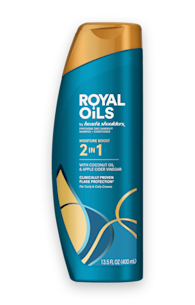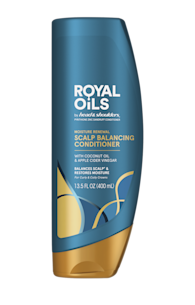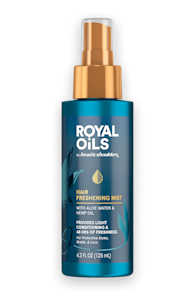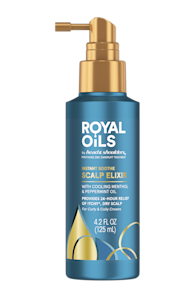HAIR POROSITY 101: WHAT IS HAIR POROSITY?

Porosity is likely a word you haven’t much considered since high school chemistry class, but it’s one of the essential factors to understanding how to maintain your hair ,because it tells you how your strands absorb moisture. Knowing your hair porosity can help you make sure you’re keeping your hair properly moisturized and prepared to handle any style. It’s also a key factor in hair length retention.
If you’re curious to know how your porosity type impacts your hair goals, keep reading.
Determining Hair Porosity
Like we mentioned, hair porosity gives us a clue as to how we should properly hydrate our hair, because of the way it naturally absorbs moisture. This is a topic that greatly impacts all hair types, not just natural hair. Your hair’s ability to absorb moisture can help inform your haircare routines and stop constant breakage. There’s a simple test most people use to tell their porosity The Float Test.
Simply take a single strand of your hair (with no product in it) and place it in a glass of room temperature water. After 15 minutes, if the strand of hair has submerged in the water, you have mid-high porosity hair. If the strand is still floating, you likely have low porosity hair.
What is High Porosity Hair?
Mid-to-high porosity hair may feel a little rougher because the cuticle layer of the hair strand is more widely spaced. This can either be naturally occurring or a byproduct of damaged hairfrom chemical processing, color treatments, or environmental factors.
While it may be easier for your hair to absorb moisture because the hair cuticle does not lay flat, the reverse is also true, in that it is easier for this hair type to lose moisture. Mid and high porosity hair may benefit from layering multiple moisture-building products in your hair so as not to lose moisture so quickly.
What is Low Porosity Hair?
Lower porosity hair has a flat cuticle layer. Because the cuticle is close together and sometimes overlaps, that means it’s more difficult for moisture to penetrate your hair shaft. . Low porosity hair can be smooth to the touch and is characteristically dry.
You may have low porosity hair if you’ve noticed that products sit on your hair and don’t incorporate well, or your hair takes a long time to dry. Try choosing emollient-richer products, or humectants that attract and hold moisture.
Now that you’ve learned about your hair’s porosity, learn more ways to give your crown the royal treatment here!








